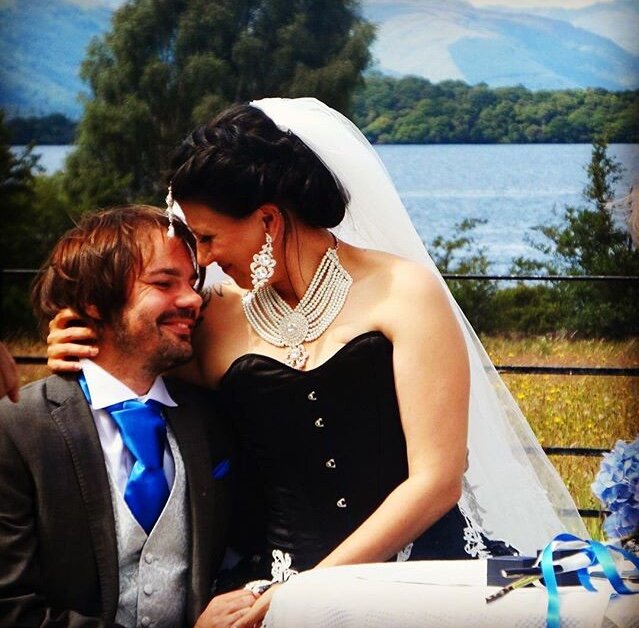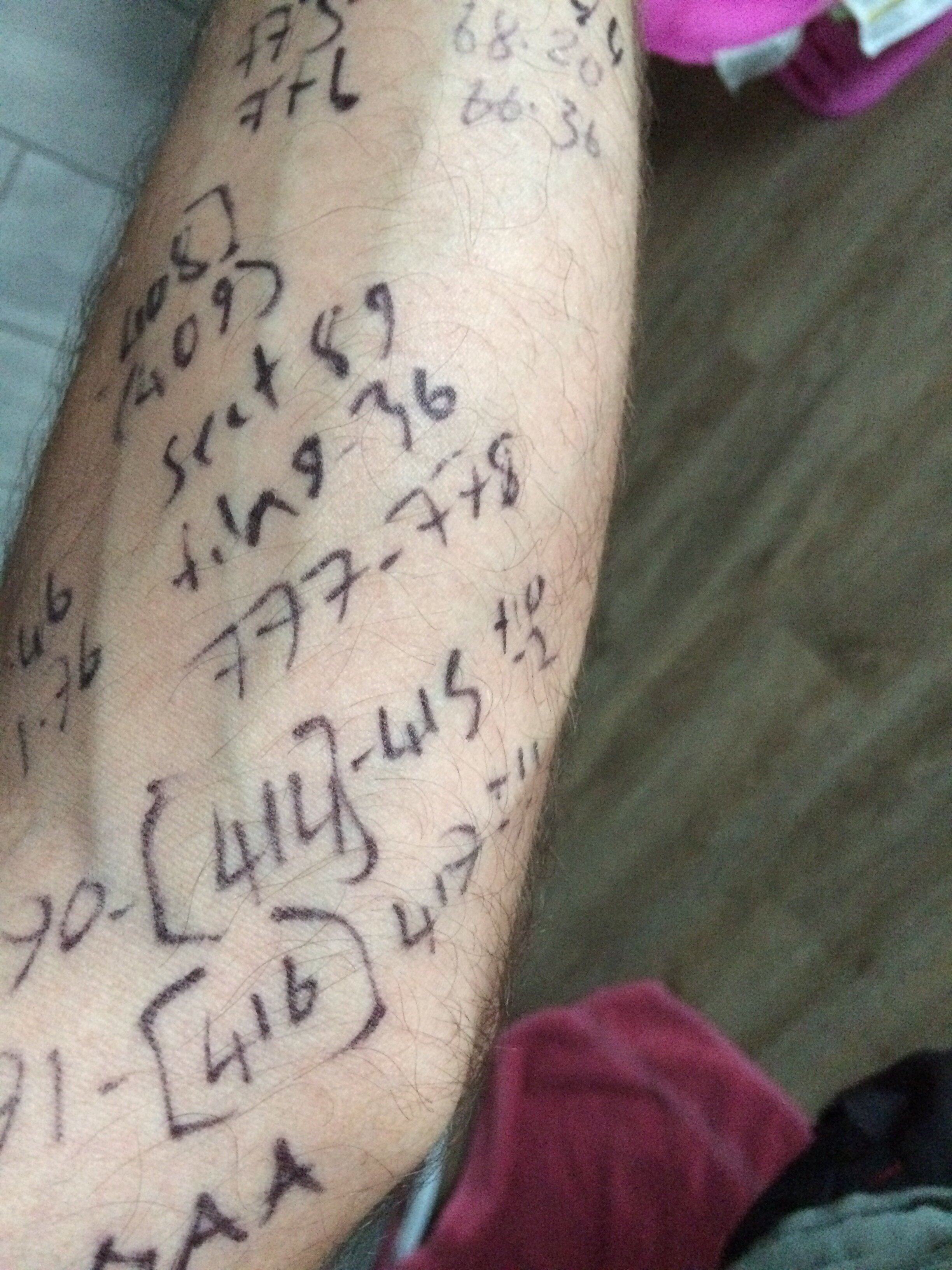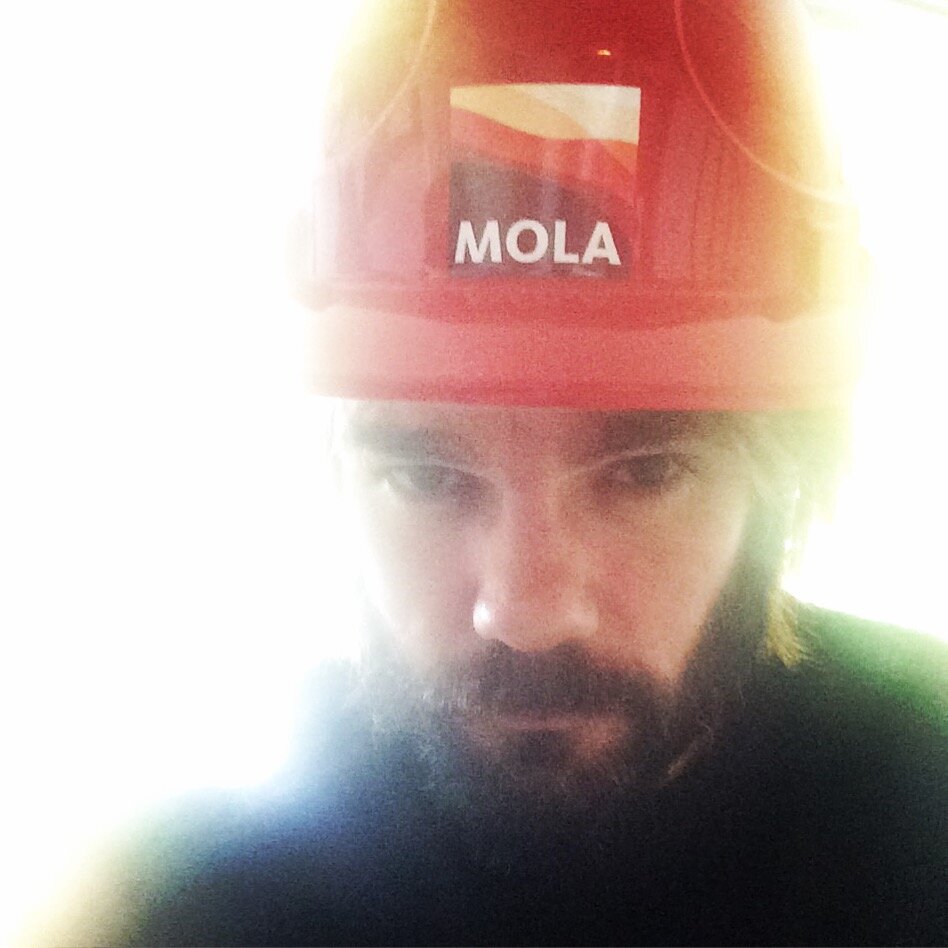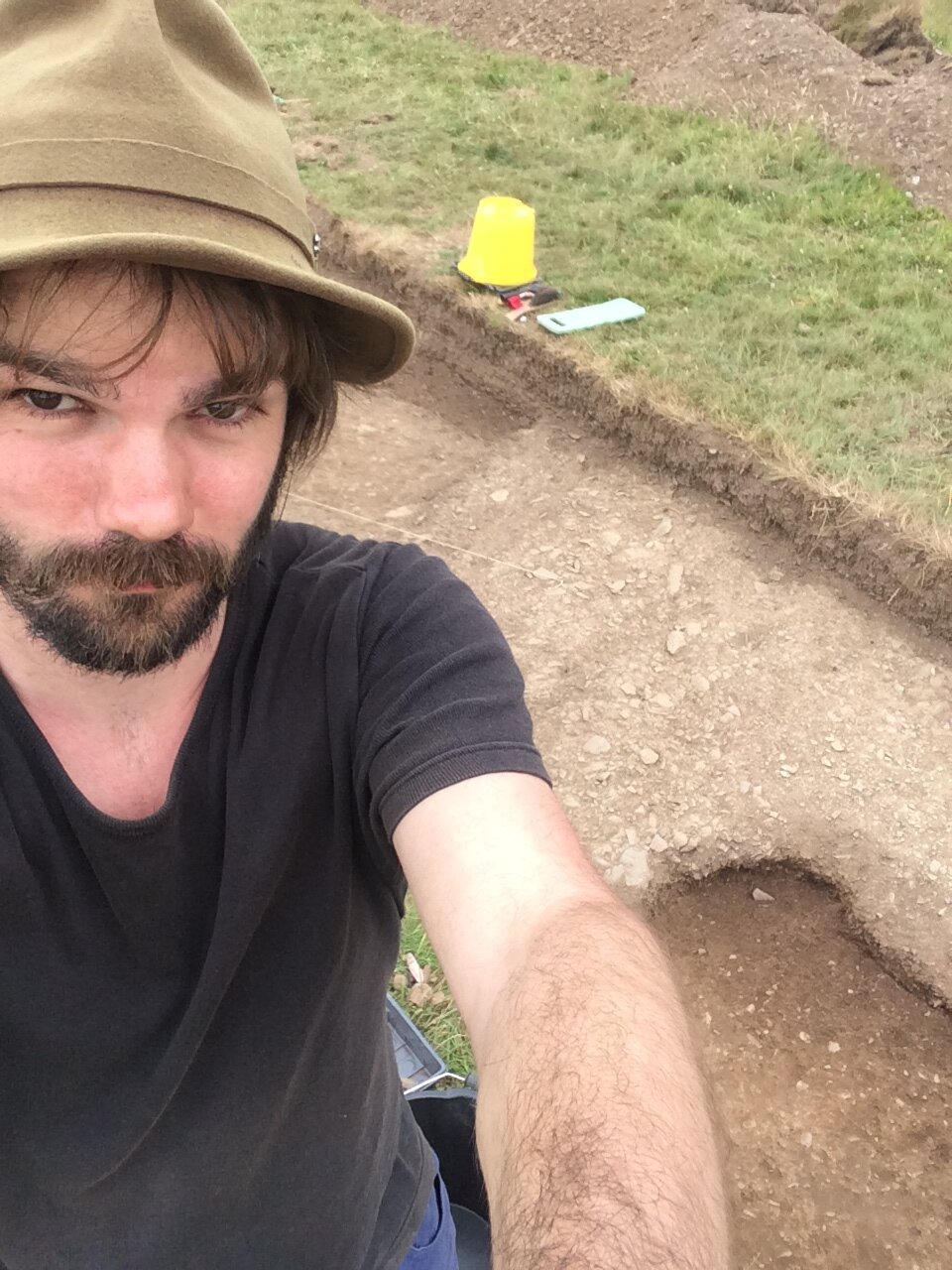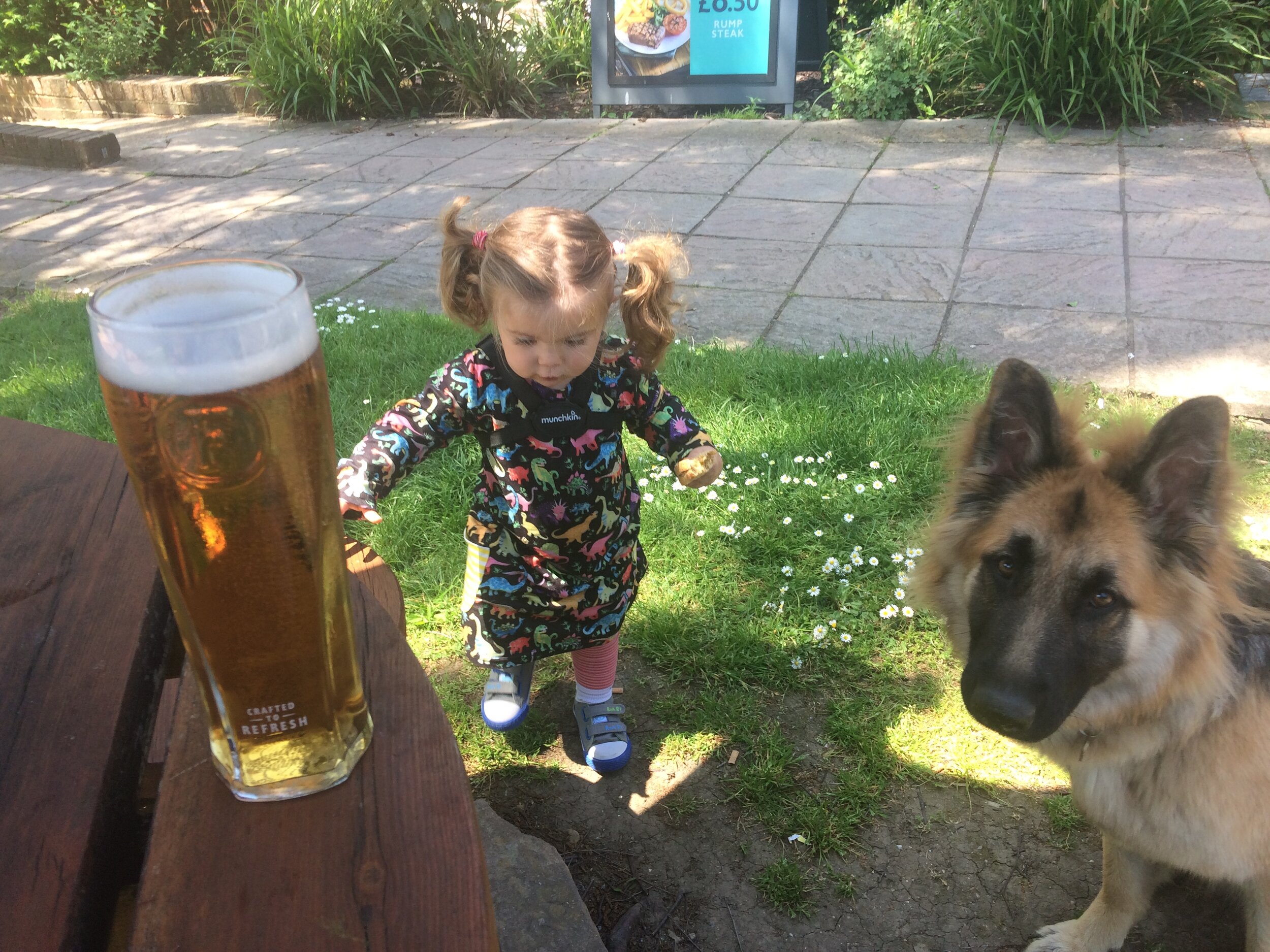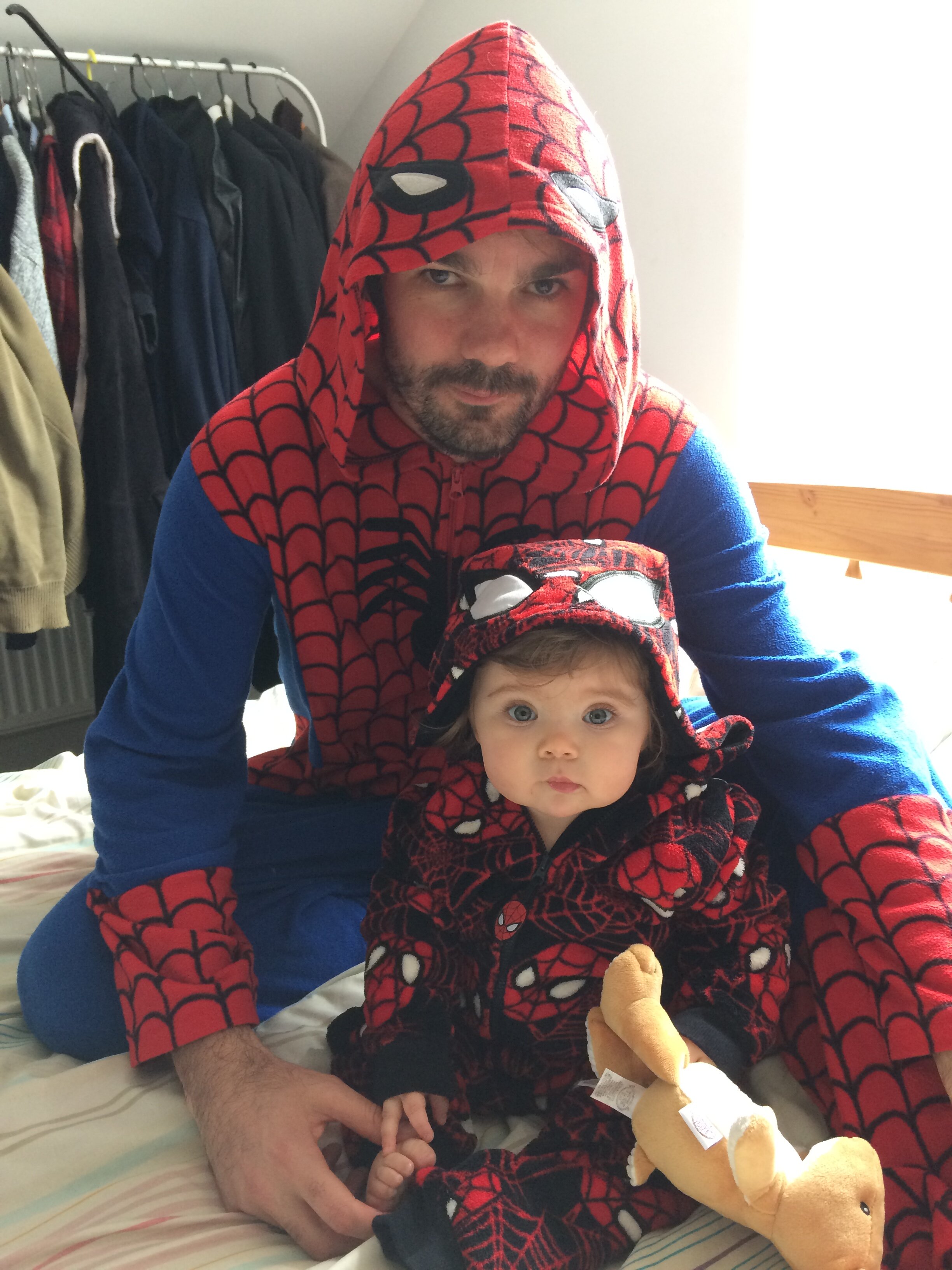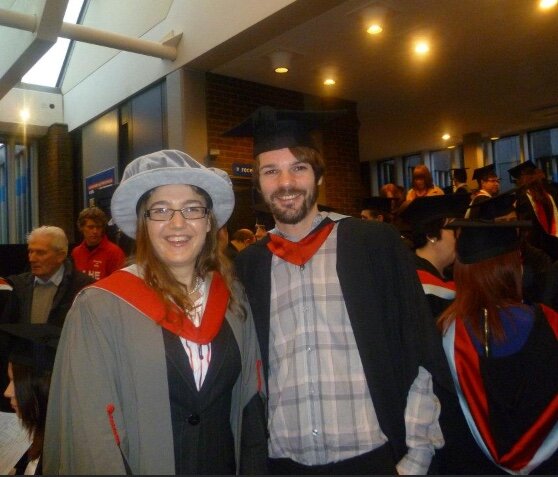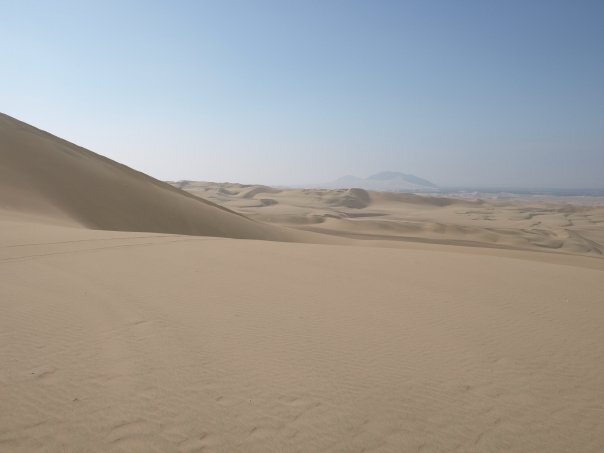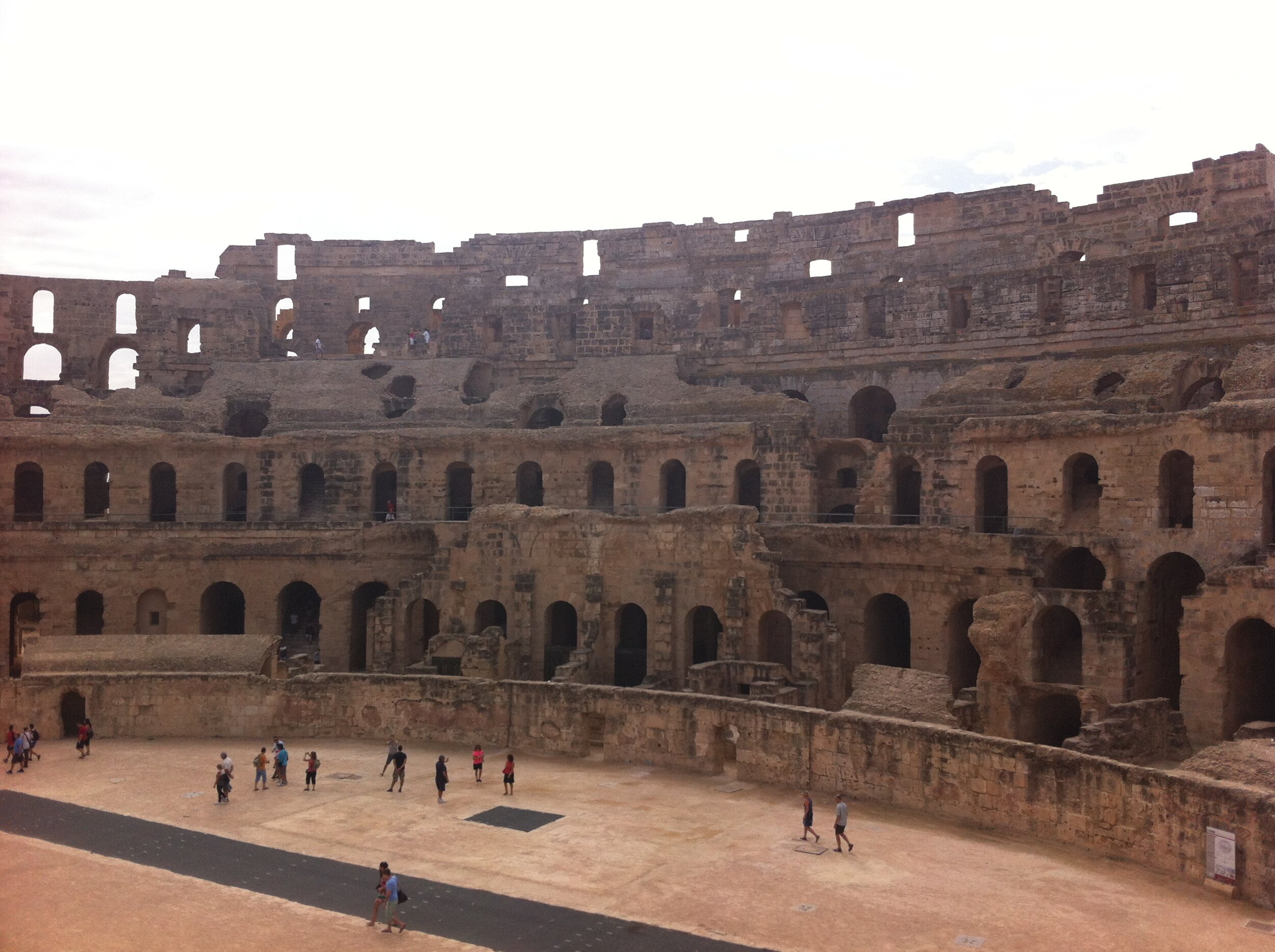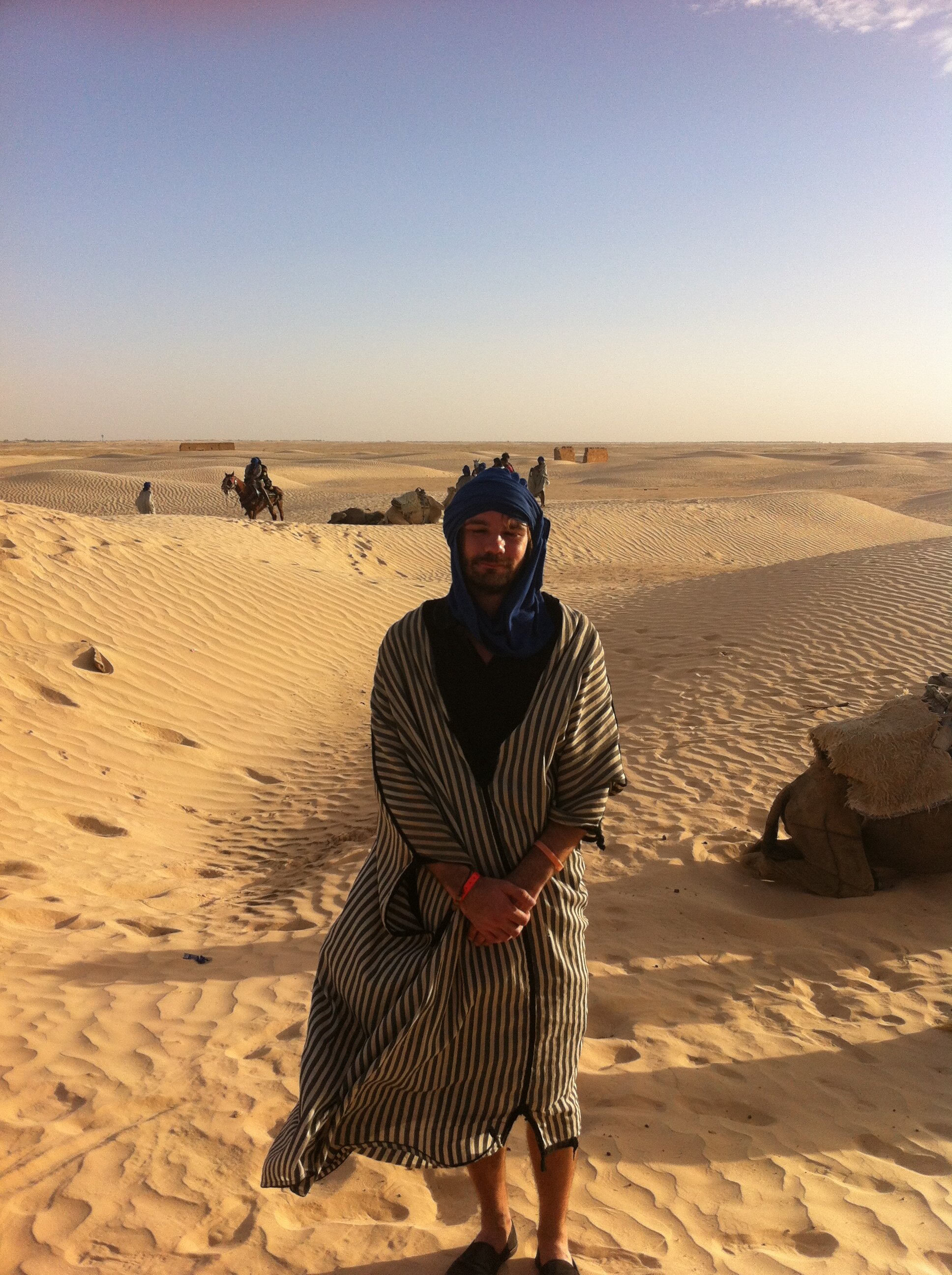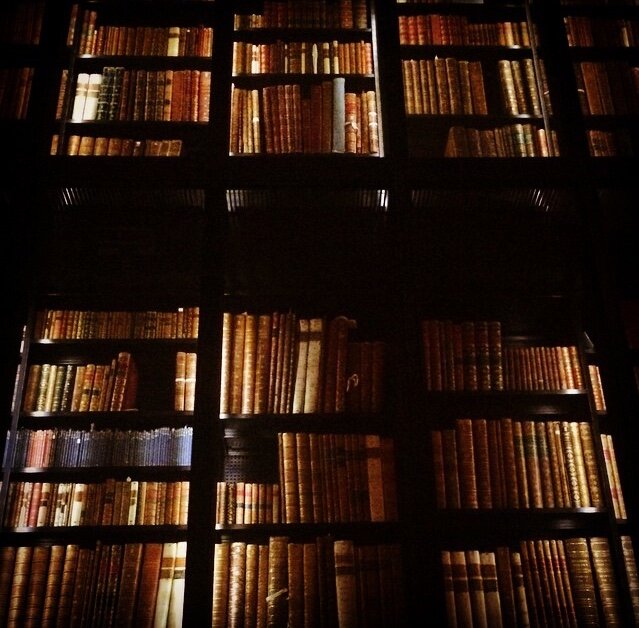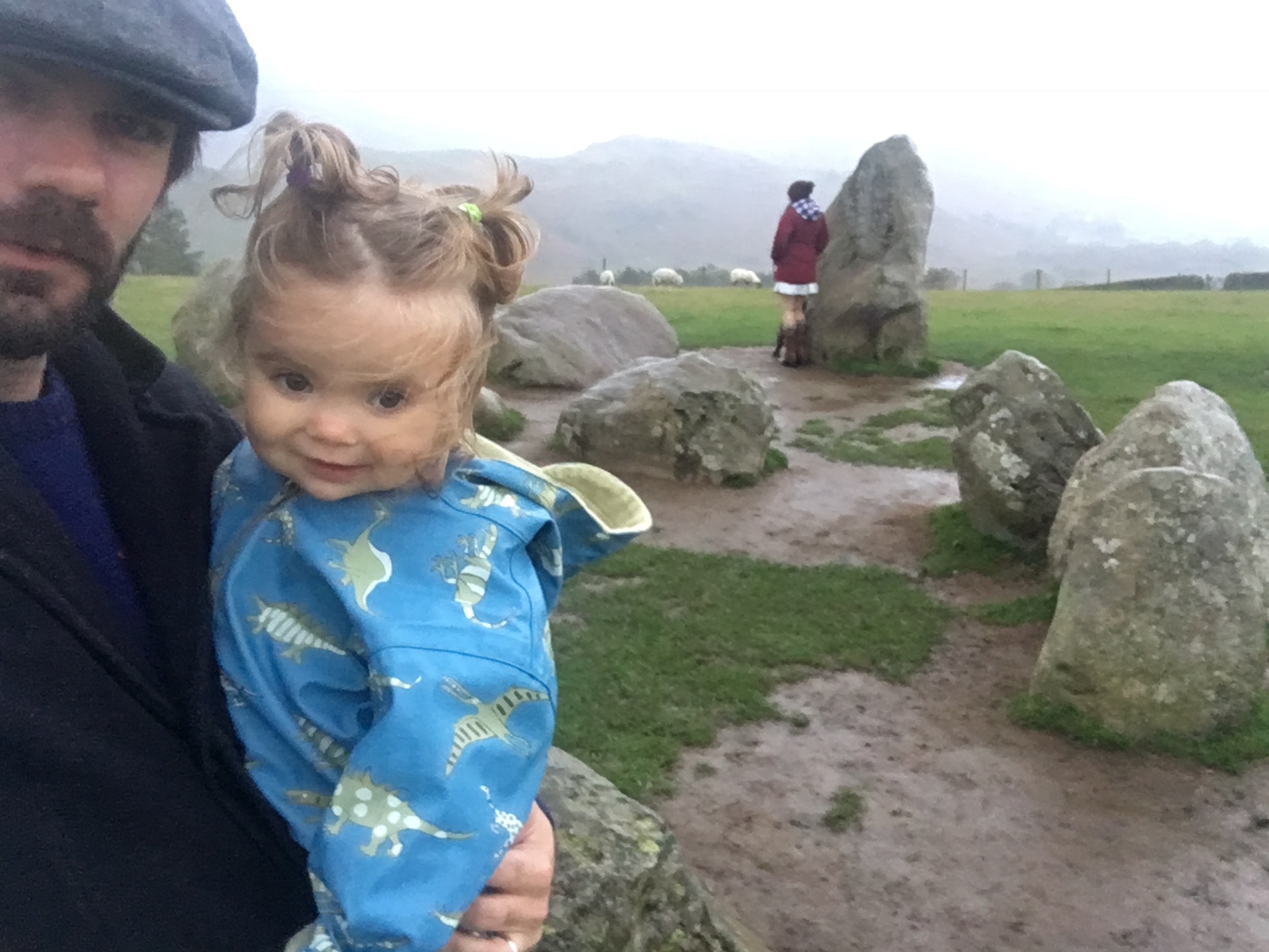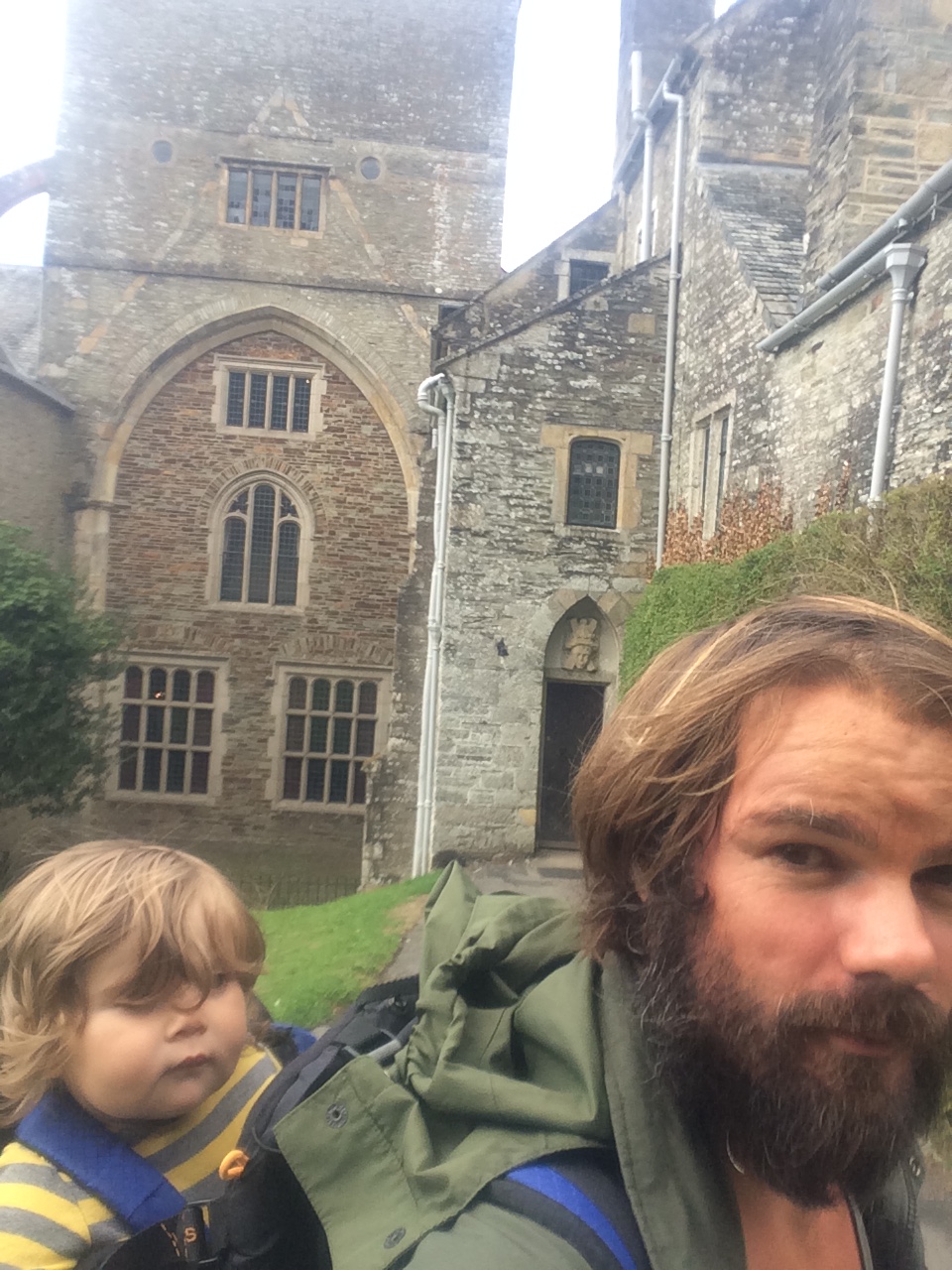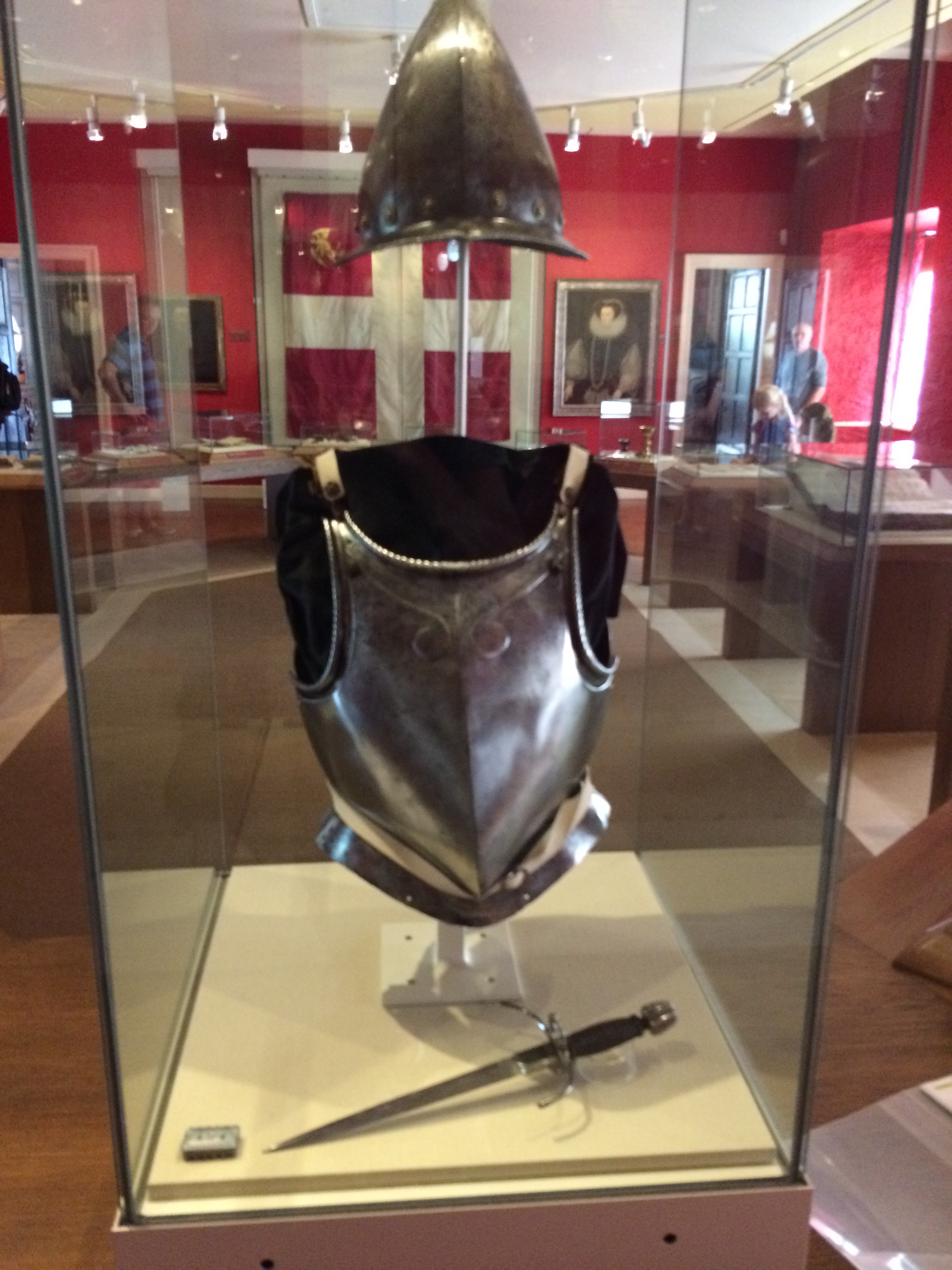Part 2
I loved history but grew frustrated, learning of new discoveries so late. Often publications would appear decades after the discovery. I wanted brand new knowledge, I wanted to be on the front line. I decided to study Archaeology.
A Masters introduced me to another world of astonishing stories. Ancient civilizations, too many to consume. Like a bee at a flower show, I was drunk on the abundance of new information. So much so, it took me forever to settle on a Thesis topic. Eventually, I combined my passion for London with curiosity for the late Iron Age, that hazy cusp of time between history and prehistory on a misty land at the edge of the earth.
It was during my Masters, on a field archaeology experience, that I met Emily. We were helping veterans study archaeology for a project called Operation Nightingale. Emily was already a Doctor of Archaeology when we met. She was a diver, an archaeologist, an educator and a lover of all things Goth. I was intoxicated. We had so many connections and yet so many differences, I could not loosen the threads from my mind. Like an addiction, I yearned for more.
We met, connected unimaginably, fell in love and within a month were engaged to be married. Whirlwind you say? Destined, say I.
After graduation, I made a choice to follow this new life and become an archaeologist. I knew I had to be in the field, be out in the elements, trowel in hand, centuries of history between me and the natural deposits. Both Emily and I acquired employment with Trent and Peak Archaeology, it was a wonderful baptism of commercial experience amongst a ramshackle bunch of delightful misfits. We learnt a lot. We also moved in together!
Emily and I married on the beautiful banks of Loch Lomond, surrounded by our loved ones and not long after, we would be expecting an addition to our little family. I moved on to MOLA, University of Leicester Archaeological Services and Northern Archaeological Associates. Years of fieldwork I truly loved, but ultimately realised my employment ambitions lay elsewhere, in research, archives, libraries and storytelling.
Audrey was everything we ever dreamed of and a million times more. She brought new life to the world with each little bit of it she learnt. I was fondly reminded of those days in my own childhood, those dreams of being a pilot and a knight and of course, a superhero. I hope, in some ways, to my daughter, I may still become that hero.
We found Bramble and she instantly became a part of the family, back then nothing more than a ball of fluff with massive ears. These days she is a wolf beast… and the softest, gentlest creature that ever lived. Audrey and Bramble combined, however, become a destructive force far greater than any puny death star or precious ring forged in flame.
We moved south and I found my place at the British Library once more, where I now get to explore the most spectacular collection of stories ever written, factual and fictional, piled in every corner of every room. A universe of characters and tales waiting to be told. I get to be a humble part of telling those stories to the world.
Archaeology remains our passion, storytelling remains my dream. We created Archaeofam so that as she grows, Audrey can look back on memories which may have slipped from her youthful mind. She can relive the adventures and revisit those places etched in historical legend.
I truly hope it is enjoyable to many, to all those interested in archaeology, history, fantasy, travel and adventure, or even just those who enjoy cute pictures of a toddler and a German shepherd puppy causing mayhem.
It is not always factually accurate, but then this is not a place for absolute science. These are stories with history and archaeology entwined. In its way, the ancient practice of both history and storytelling was always exactly this, we are simply finding our place within it.





















